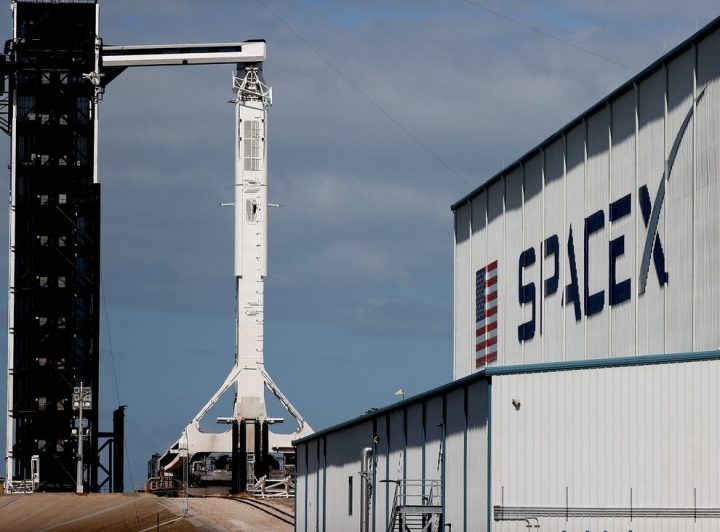
In a letter to the Federal Communications Commission (FCC), the National Aeronautics and Space Administration (NASA) recently raised concern over Space Exploration Holdings, LLC’s (SpaceX) Starlink satellites, which hold the promise of providing low-latency, high-speed broadband internet across the globe.
The American space agency highlighted their concerns over SpaceX’s mega-constellation of satellites due to risks of collision in Earth’s orbit. NASA asserted it had worries about “the potential for a significant increase in the frequency of conjunction events and possible impacts to NASA’s science and human spaceflight missions.”
As highlighted in NASA’s letter, there are currently over 25,000 objects in orbit around the Earth, with almost a quarter of the total objects in “low-earth orbit,” a height defined as an altitude of 2,000 kilometers or less. SpaceX’s Starlink satellites would operate in “low-earth orbit,” and as emphasized by NASA, SpaceX’s expansion of the satellites have the potential to “more than double the number of tracked objects in orbit and increase the number of objects below 600 kilometers over five-fold.”
Starlink seeks to enable a range of high data rate activities, including online gaming, video calls, and streaming, which have not been possible by the deployment of satellite internet. As emphasized by Starlink’s website, “users can expect to see download speeds between 100 Mb/s and 200 Mb/s and latency as low as 20 ms in most locations.”
While deployment costs are unprecedented, Starlink has been hailed as a revolutionary advancement, particularly for providing internet access fotor rural and remote communities where connectivity has historically been unavailable and unreliable. Closing the rural broadband gap has been asserted as one of the primary goals of SpaceX’s Starlink satellites, with the division’s website emphasizing that “with Starlink, virtual visits and remote learning are now possible for rural communities and students across the globe,” which include school districts and First Nations communities across the US, Canada, and Chile amongst others. Notably, the technology may also serve as a critical alternative when natural disasters disrupt traditional communications.
As part of SpaceX’s second-generation neo-geostationary orbit satellite system, referred to as SpaceX’s Gen 2 Starlink system, SpaceX submitted a proposal to the FCC to place approximately 30,000 more Starlink internet satellites into orbit. As of present, there are approximately 1,8000 operational Starlink satellites in orbit. NASA’s letter emphasized that “NASA wants to ensure that the deployment of the Starlink Gen 2 system is conducted prudently, in a manner that supports spaceflight safety and the long-term sustainability of the space environment.”
Amongst other apprehensions, NASA has also raised concerns over whether SpaceX’s automatic collision avoidance system would be adequately equipped to shield from the five-fold increase in objects in orbit, potentially exacerbating collision and launch risk. In addition, Starlink’s Gen 2 system may further aggravate interference with scientific missions and double the number of Hubble Space Telescope images containing satellite streaks.
Although NASA did not adamantly express opposition to the FCC granting SpaceX a license to launch its Starlink Gen 2 system, the space agency emphasized that expanding the technology necessitates close coordination and cooperation between affected parties. Currently, SpaceX has not responded to requests to respond to NASA’s open letter to the FCC.
